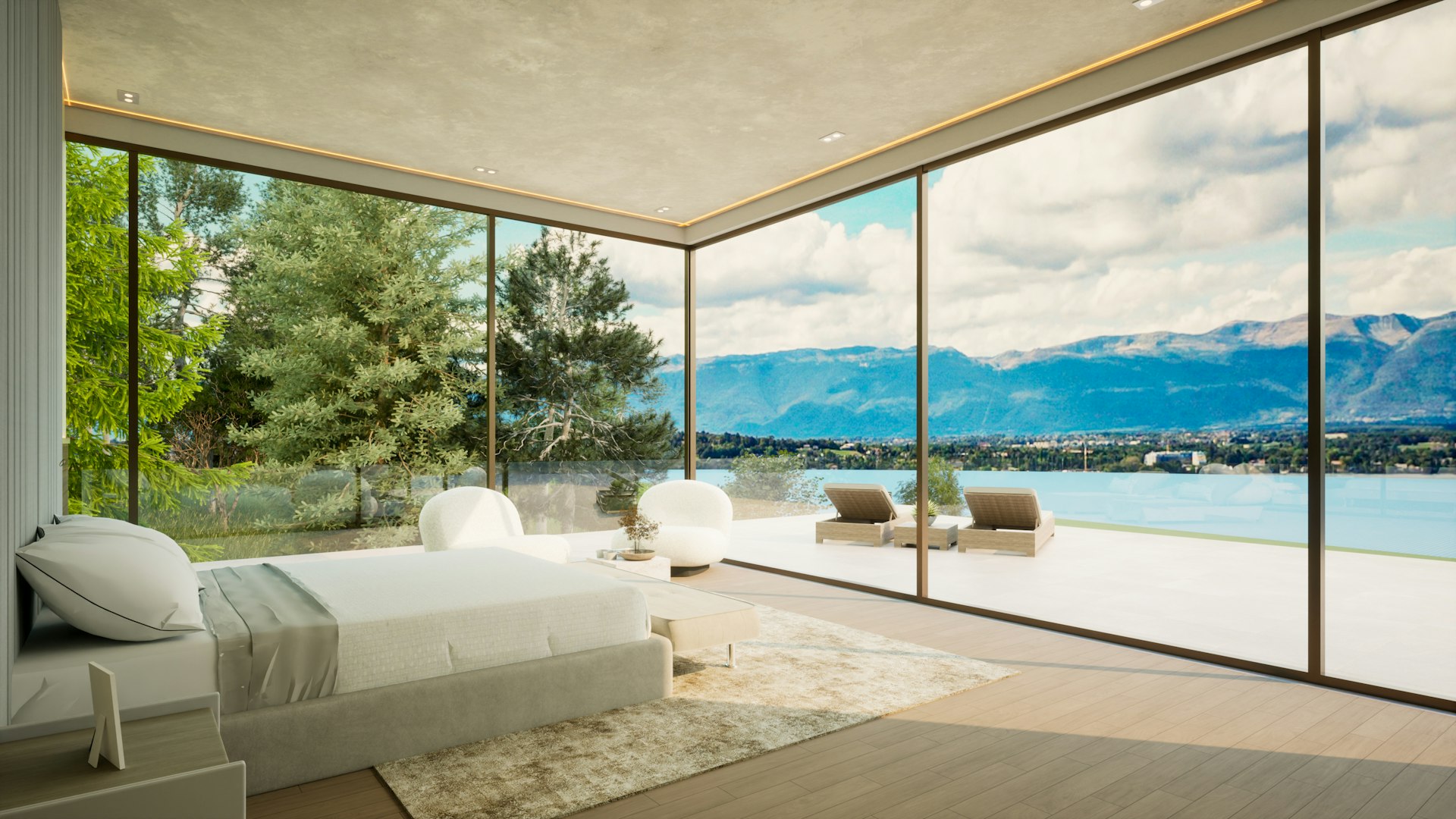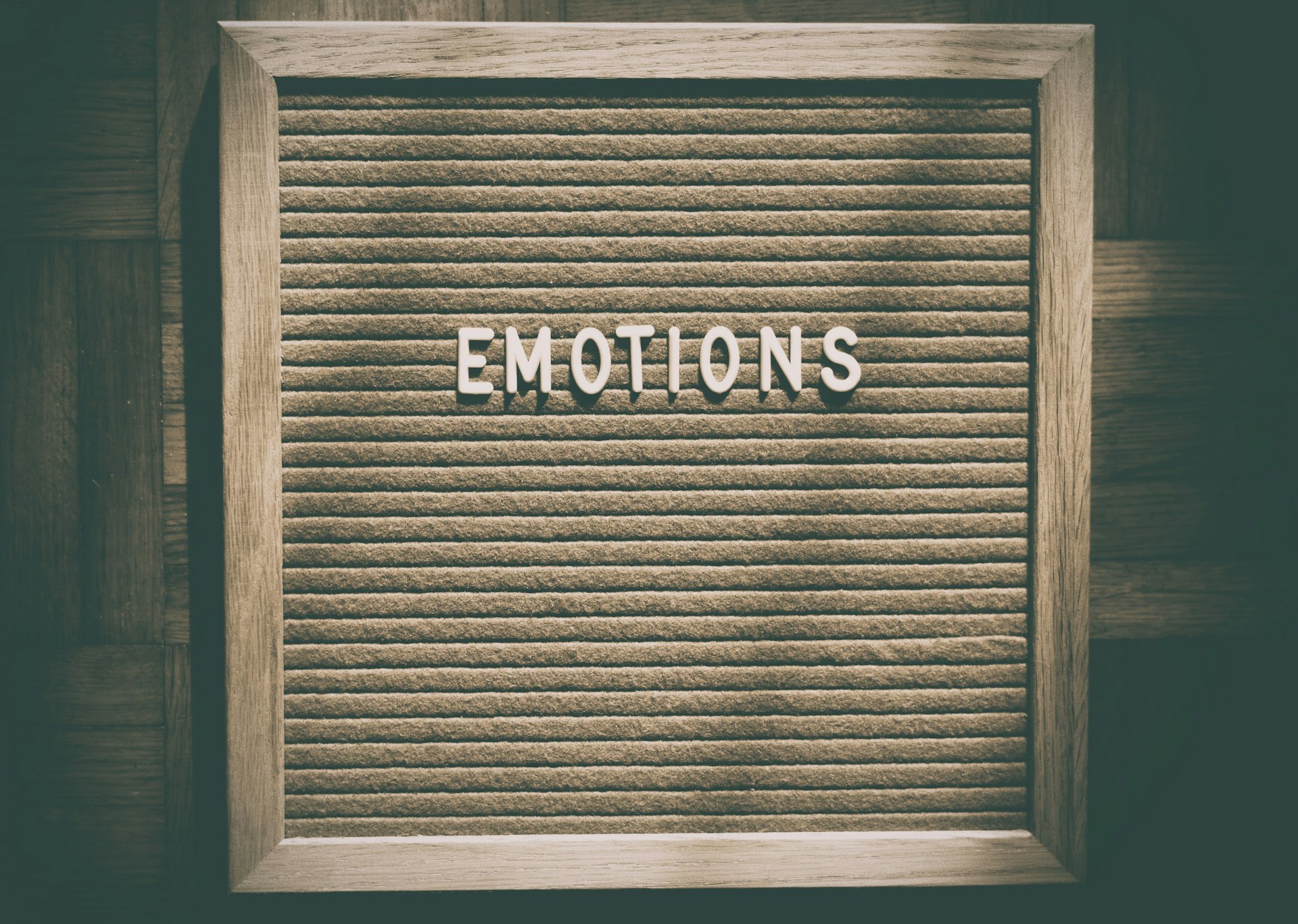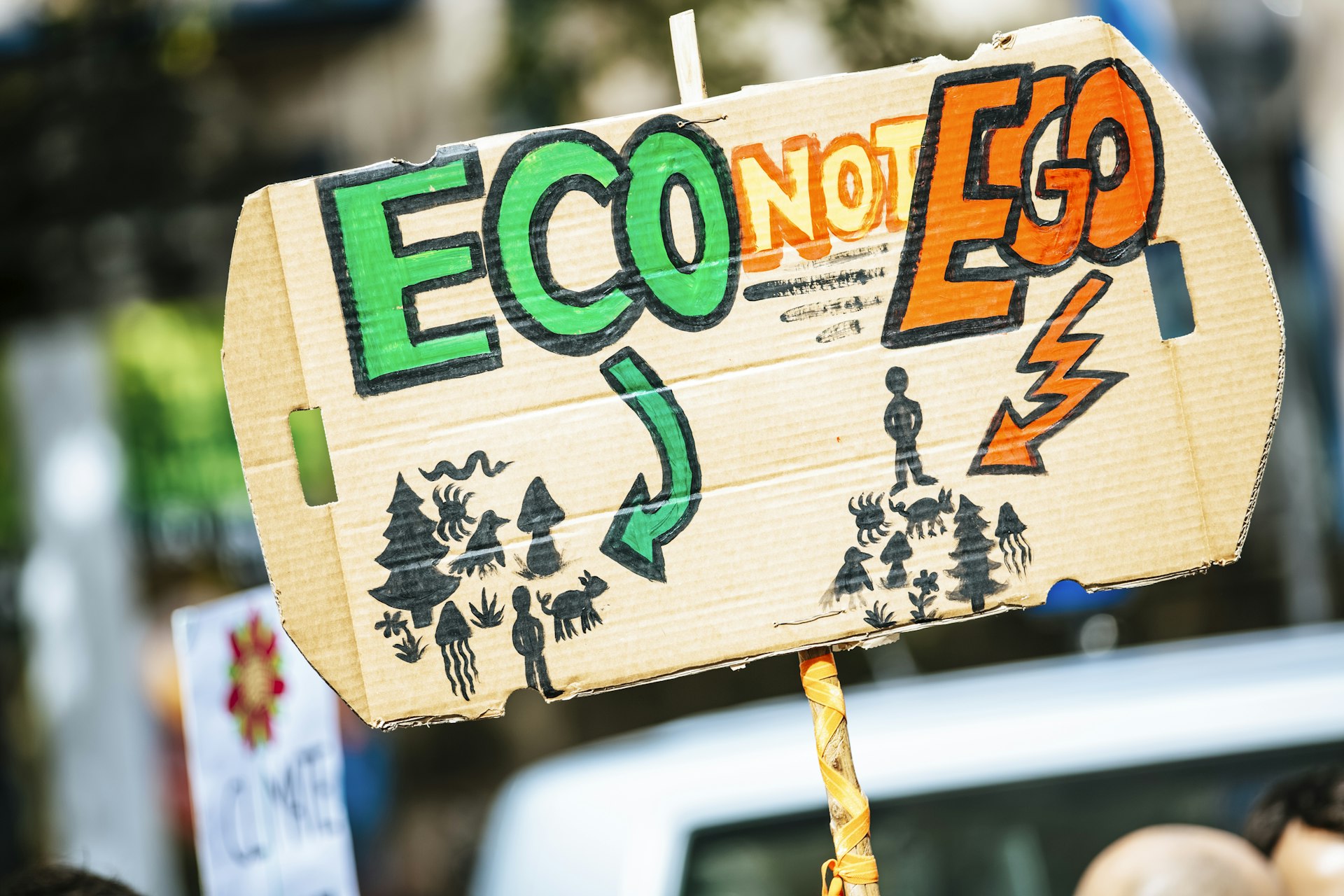Unlocking the Value of Energy Efficiency in Modern Homes: Comfort, Savings, and Sustainability

Photo by Michael Lin on Unsplash
Introduction
Energy efficiency is rapidly becoming a cornerstone of modern homeownership. As concerns over climate change and rising utility costs increase, homeowners and builders alike are prioritizing energy-saving strategies that offer tangible benefits for families, finances, and the planet. This article explores why energy efficiency matters in today’s homes, how you can implement proven solutions, and the long-term advantages for comfort, cost savings, and environmental impact.
Why Energy Efficiency Matters
Energy-efficient homes are designed to minimize waste and maximize performance. The immediate advantages include lower monthly utility bills, improved indoor comfort, and a reduced environmental footprint. These benefits stem from integrating advanced materials, technologies, and design principles that reduce the energy needed for heating, cooling, lighting, and appliances [1] , [2] , [4] .
Financial Savings: Lower Utility Bills
One of the most compelling reasons to invest in energy efficiency is the potential for significant cost savings. Modern homes that feature enhanced insulation , energy-efficient windows , and high-performance appliances can reduce energy use by up to 25% compared to traditional homes [4] . For example, switching to LED lighting can cut lighting energy consumption by 75%, and these bulbs last up to 25 times longer than incandescent options [2] .
Beyond lighting, energy-efficient HVAC systems and smart thermostats allow for precise temperature control, reducing waste and further lowering your bills. According to EPA research, smart thermostats typically reduce heating and cooling costs by an average of 10-15% [2] . These upgrades may involve upfront costs, but the long-term savings often outweigh the initial investment, making them a smart financial decision for homeowners [1] .
Enhanced Comfort and Indoor Quality
Energy-efficient homes are designed to maintain consistent indoor temperatures regardless of the season. High-quality insulation and air sealing eliminate drafts and cold spots, resulting in a more comfortable living environment year-round [4] . For instance, homes with advanced insulation can remain comfortable even during extreme weather or unexpected power outages, holding their temperature for longer periods [3] .
Further, energy-efficient upgrades often lead to quieter and healthier homes . Modern appliances and ventilation systems operate more smoothly and quietly, while improved air filtration reduces pollen, dust, and humidity. This creates a healthier space, especially for families with allergies or respiratory concerns [3] .
Environmental Impact: Reducing Your Carbon Footprint
Energy efficiency is not just about saving money-it’s also about protecting our environment. By using less energy, homes generate fewer greenhouse gas emissions and require less power from fossil fuels [1] , [5] . The integration of renewable energy systems, such as solar panels, further reduces reliance on non-renewable sources and supports a cleaner, more sustainable future [1] .
Small upgrades-like weather stripping, smart thermostats, and energy-efficient appliances-collectively make a significant impact in reducing your home’s carbon footprint. These changes support clean air, sustainable resources, and help mitigate climate change for future generations [3] .
Increasing Home Value and Marketability
Energy-efficient homes are increasingly attractive in the real estate market. Buyers recognize the value of lower operating costs, greater comfort, and sustainability, making these properties more desirable and often commanding higher resale values [2] . Investing in energy upgrades can distinguish your home from others, providing a competitive edge whether you’re selling or renting.
Step-by-Step Implementation Guidance
Improving energy efficiency can be approached through incremental upgrades or comprehensive retrofits. Here are actionable steps you can follow:
- Assess Your Home’s Energy Use . Begin with a professional energy audit to identify where you are losing energy. Many utility companies offer audits or can recommend certified professionals. Search for “home energy audit” with your utility provider or contact your local energy office.
- Upgrade Insulation and Windows . Focus on attic, wall, and floor insulation. Install double- or triple-pane windows with low-emissivity coatings to reduce heat transfer. Consult with certified contractors or builders specializing in energy-efficient retrofits.
- Install Energy-Efficient Appliances . Replace old appliances with ENERGY STAR-rated models. Visit the official ENERGY STAR website for product listings and guidance.
- Switch to LED Lighting . Replace all incandescent bulbs with LEDs. Most home improvement stores offer a wide selection and can provide advice on installation.
- Adopt Smart Thermostats and Controls . Select programmable thermostats to optimize heating and cooling schedules. Check manufacturer websites for compatibility and installation instructions.
- Consider Renewable Energy Systems . If feasible, explore solar panel installation. Research certified installers, review state or local incentive programs, and consult your local energy office for guidance.
If you are building a new home, work closely with your architect and builder to incorporate best-in-class energy-efficient features from the outset. For existing homes, prioritize upgrades that offer the greatest immediate impact and consider phased improvements based on budget and needs.
Challenges and Solutions
Some homeowners may be concerned about upfront costs, disruption during renovations, or uncertainty about where to start. Solutions include:
- Phasing upgrades over time to spread costs.
- Seeking rebates or incentives from local utilities or government agencies-search for “home energy rebates” or “energy efficiency incentives” through your state energy office or utility provider.
- Consulting certified professionals for guidance and project management.
Many organizations provide free resources and calculators to help estimate savings and identify the most impactful upgrades for your situation.

Photo by Jason Briscoe on Unsplash
Alternative Approaches
If full-scale retrofits aren’t feasible, smaller changes-such as sealing air leaks, using high-efficiency showerheads, or installing ceiling fans-can still deliver meaningful savings and comfort improvements. Consider joining community energy programs or group purchasing initiatives for discounts on upgrades. For renters, focus on portable solutions like LED bulbs and smart power strips.
Summary and Next Steps
Energy efficiency offers lasting value for modern homes: lower costs, enhanced comfort, higher marketability, and a meaningful contribution to environmental sustainability. Whether you’re building new, renovating, or making incremental changes, every step towards efficiency pays off.
To get started, you can:
- Schedule a professional energy audit through your utility provider or local energy office.
- Research ENERGY STAR-rated products and certified installers for major upgrades.
- Search for local, state, or federal incentive programs for energy efficiency improvements.
For further guidance, visit the official ENERGY STAR website or contact your state energy office for verified resources and expert advice.
References
- [1] Nevada Clean Energy Fund (2024). The Benefits of an Energy-Efficient Home.
- [2] Netze Homes (2024). The Benefits of Energy-Efficient Homes: What You Need to Know.
- [3] Trinity Homes (2024). 5 Benefits of an Energy-Efficient Home.
- [4] Green Building & Design Magazine (2025). Energy Efficient Homes – Everything You Should Know in 2025.
- [5] Pentavia Custom Homes (2025). The Importance of Energy Efficiency Features in a New Build.
MORE FROM mumsearch.com













